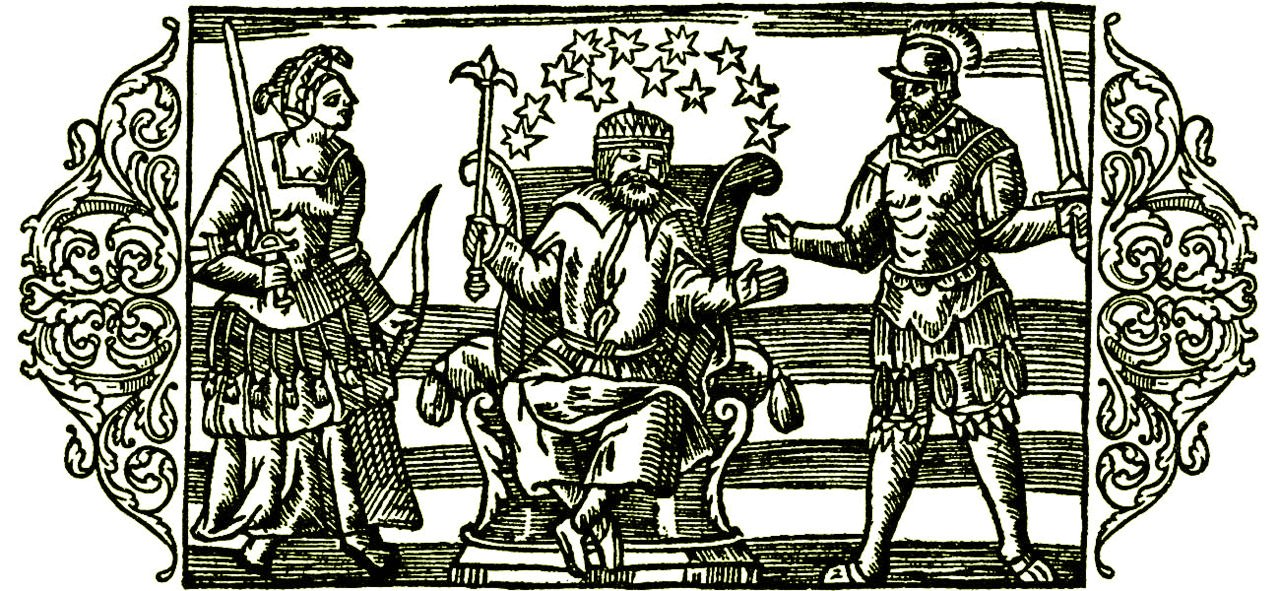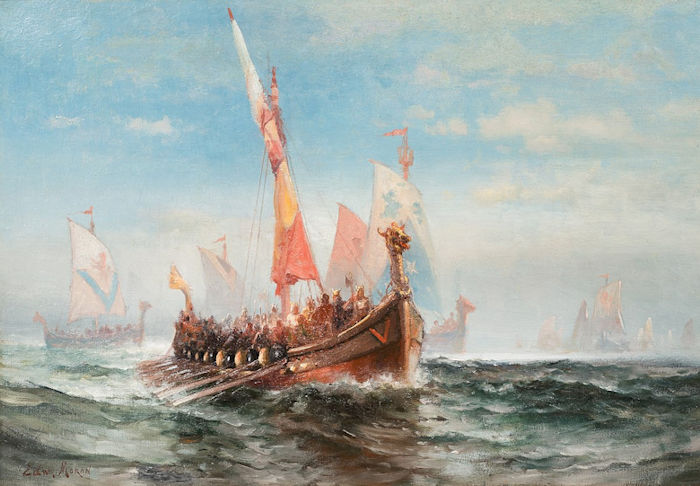The First ‘Viking’ Was A Bronze Age Man
Ellen Lloyd - AncientPages.com - The Vikings were feared, hated, and admired, and their rich history goes far back in time. Vikings changed the history of Europe, and their presence left a legacy in other parts of the world. How could they become so powerful and rich? How were they able to explore distant lands?
Credit: Stock Photo
We tend to associate Vikings with great names such as Ragnar Lodbrok, Ivar the Boneless, Erik the Red, and mighty King Harald Hardrada, just to mention a few. However, before these men became famous and influential, there was the Bronze Age that shaped the Nordic civilization and laid the foundation for the Viking Age.
Historical Studies Show The First Viking Was A Bronze Age Man
The Bronze Age was a fascinating period in Scandinavia and other parts of Europe. During this period, Norse people traded with foreign cultures and sailed to unknown lands. Influential leaders held a high status in society, and pagan gods who many believed controlled the fate of humanity were worshipped.
Around 1,600 B.C., people in northern countries quickly acquired a prominent place in Europe thanks to their trade with copper, the first metal used by ancient man more than 10,000 years ago.
Nordic people traveled all the way to the Alps and Germany to acquire copper that they transported to England in exchange for other precious metals they could bring back to their countries.
Norse deities played a vital role in society. To the left Frigg with sword and bow. In the middle Tor (Thor) with crown and spire sitting on a throne. To the right Oden (Odin) heavily armed. All these deities are encountered in Norse mythology. Credit: Public Domain
The business was booming and valuable trade contacts were established. The Norwegians played a central role in this continental trade and Jutland, a large peninsula containing Denmark's mainland regions, became the richest place in Europe. This sensational economic transformation occurred almost overnight because of trading with amber.
“I don't think the raw materials came to the Nordic countries step by step, it had become too expensive. The Norwegians must have gone a long way to get the copper, some from Central Europe, some from Spain. There are rock carvings in Portugal that are very similar to the Scandivaioan ones,” says Professor Johan Ling, at the Department of Historical Studies at the University of Gothenburg, who surveyed tens of thousands of Swedish carvings.
Trade And Colonization During The Bronze Age
The highly respected Nordic culture was undoubtedly founded on trade, but proper agriculture was also very important.
During this period, Norse people realized that investing in merchant's vessels, owning lands, trading, and looting could make them rich. This is how the Viking Age started, a period characterized by trade and colonization.
However, being a farmer could be difficult if a person doesn’t have enough land and livestock.
According to Professor Kristian Kristiansen at the Department of Historical Studies at the University of Gothenburg, Norse people created a “patrilineal society that the Indo-Europeans brought with them into Europe, where the eldest son inherits the farm. It is deeply embedded in Indo-European society and created a strong social dynamic. They also came up with a new shepherd and warrior culture, where there was the prestige of having a large herd of livestock.”
Kristiansen explained that “expansion of agriculture required unrestricted labor. If you didn't have much land, you couldn't afford to put fighters on boats. To manage agriculture and build boats for 20 people, 100 people were needed annually. This was probably not possible without slaves. During the Viking era, the vessels were considerably larger, and the need for labor increased to perhaps 250 people.”
Professor Ling explained that those who didn’t inherit large land areas gained power and wealth by becoming great warriors instead.
Boys were trained as warriors and were later sent to serve someone. In ancient times, the gender roles for boys and girls were quite defined. It was most common that boys worked on farms and girls to do housework.
Viking children at the age of 10 were considered adults and were required to learn the jobs and tasks that their parents did. The boys mainly worked on farms, and the girls worked inside like their mothers.
Viking boys were expected to learn how to take care of themselves. This meant they must be not only good farmers but also skilled warriors.
“It is a system created in the Bronze Age, where the men on the boats formed a war chest. This meant that there were basically two ways of gaining wealth: of land or of commerce and looting.
Many women came from outside, according to analyzes of remains in, among other things, Danish graves. The DNA and strontium analyses do not reveal where, only that they came from other regions. Boys were sent as foster children to an uncle's family, where they grew up with cousins and were trained in a continental network of warriors.
Gifts such as gold rings, positions of power, and women are important for alliances. It is important to be famous and remembered. The exchange of gifts is central even during the Viking era, as is evident in the Havamal life rules, but the system is formed in the Bronze Age. You see it on the rock carvings, which depict an exclusive elite with travel, hunting, and ritual matches,” Professor Ling explained.
During the Viking era, there were different classes of ships. The longships were mainly used as warships and the ships called Knarrs (or knorrs in Old Norse) served as slower passenger and cargo ships. Credit: Viking Armada by Edward Moran (1829-1901) Public Domain
One of the main reasons behind the Vikings' success in reaching distant lands lies in their remarkable longships. The Vikings’ ships were the European Dark Ages' greatest technical and artistic achievement. Without these great ships, the Viking Age would never have happened.
In a study conducted together with Professor Kristiansen and American archaeologist Timothy Earle, Professor Ling drew a comprehensive picture of the Nordic Bronze Age economy, social structures, and war ideology. The results of the study showed ships gave Norwegians power and wealth. Constructions of long-distance boats continued and played a vital role in the Vikings’ success abroad.
Updated on August 18, 2022
Written by - Ellen Lloyd – AncientPages.com
Copyright © AncientPages.com All rights reserved. This material may not be published, broadcast, rewritten or redistributed in whole or part without the express written permission of AncientPages.com
Expand for referencesMore From Ancient Pages
-
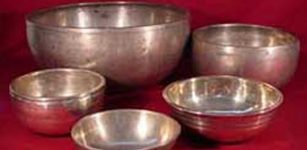 Sound Healing And Crystal Therapy, Ancient Arts Being Practiced Today – What Does Science Say?
Featured Stories | Mar 25, 2017
Sound Healing And Crystal Therapy, Ancient Arts Being Practiced Today – What Does Science Say?
Featured Stories | Mar 25, 2017 -
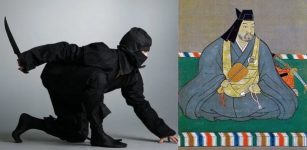 Dwarf Ninja Ukifune Jinnai’s Toilet Assassination Of Uesugi Kenshin
Featured Stories | Dec 15, 2019
Dwarf Ninja Ukifune Jinnai’s Toilet Assassination Of Uesugi Kenshin
Featured Stories | Dec 15, 2019 -
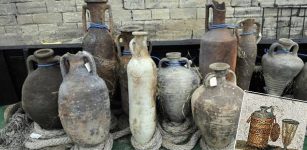 Posca: ‘Wine Of The People’ Was Popular In Ancient Rome And Greece
Ancient History Facts | Sep 26, 2018
Posca: ‘Wine Of The People’ Was Popular In Ancient Rome And Greece
Ancient History Facts | Sep 26, 2018 -
 Mystery Of Pharaohs And Gods With Two Left Or Two Right Hands
Featured Stories | Oct 20, 2018
Mystery Of Pharaohs And Gods With Two Left Or Two Right Hands
Featured Stories | Oct 20, 2018 -
 Elusive Celtic Otherworld Where Tuatha Dé Danann Reside And Time Passes Slower
Celtic Mythology | Apr 7, 2018
Elusive Celtic Otherworld Where Tuatha Dé Danann Reside And Time Passes Slower
Celtic Mythology | Apr 7, 2018 -
 King Solomon Was Invented As Political Propaganda To Unite People Of Judah – Scholars Argue
Biblical Mysteries | Feb 3, 2020
King Solomon Was Invented As Political Propaganda To Unite People Of Judah – Scholars Argue
Biblical Mysteries | Feb 3, 2020 -
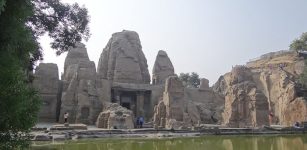 Masroor Temples – India’s Marvelous Ancient Cave Temples
Featured Stories | Jan 23, 2016
Masroor Temples – India’s Marvelous Ancient Cave Temples
Featured Stories | Jan 23, 2016 -
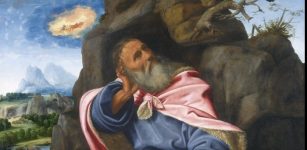 Raven: Uncommonly Intelligent Bird, Symbol Of Providence, Wisdom And Prophecy
Ancient Symbols | Feb 25, 2019
Raven: Uncommonly Intelligent Bird, Symbol Of Providence, Wisdom And Prophecy
Ancient Symbols | Feb 25, 2019 -
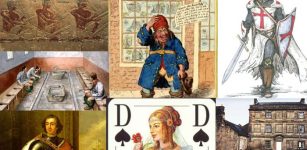 10 Most Bizarre Forms Of Ancient Taxes: Surprising And Funny
Featured Stories | Nov 21, 2016
10 Most Bizarre Forms Of Ancient Taxes: Surprising And Funny
Featured Stories | Nov 21, 2016 -
 Mystery Of The Ancient Sitovo Inscription: Undeciphered Script Or Just A Natural Rock Formation?
Featured Stories | Apr 17, 2016
Mystery Of The Ancient Sitovo Inscription: Undeciphered Script Or Just A Natural Rock Formation?
Featured Stories | Apr 17, 2016 -
 Tracing Footsteps Of Giants In Africa – Obscure Past Of Mzoura Stones
Civilizations | Oct 18, 2015
Tracing Footsteps Of Giants In Africa – Obscure Past Of Mzoura Stones
Civilizations | Oct 18, 2015 -
 ‘Impossible’ Advanced Ancient Technology In Mesopotamia – Evidence Of Other-Worldly Interaction?
Featured Stories | May 24, 2021
‘Impossible’ Advanced Ancient Technology In Mesopotamia – Evidence Of Other-Worldly Interaction?
Featured Stories | May 24, 2021 -
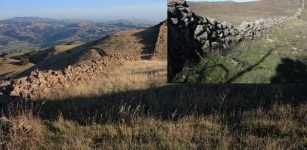 Mystery Of Great Wall Of California: An Ancient Unsolved Enigma
Civilizations | Sep 11, 2018
Mystery Of Great Wall Of California: An Ancient Unsolved Enigma
Civilizations | Sep 11, 2018 -
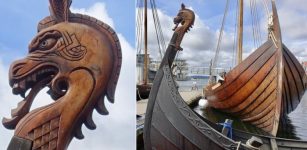 Dragons And Dragon Kings In Ancient Mythology
Featured Stories | Mar 8, 2023
Dragons And Dragon Kings In Ancient Mythology
Featured Stories | Mar 8, 2023 -
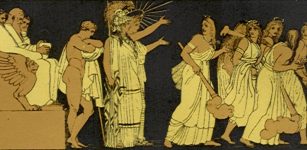 Legendary Furies – Angry And Monstrous Women Of The Underworld
Featured Stories | Dec 23, 2014
Legendary Furies – Angry And Monstrous Women Of The Underworld
Featured Stories | Dec 23, 2014 -
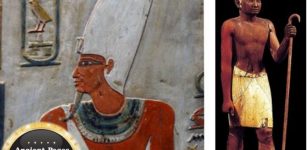 Mysterious Ancient Rulers With Elongated Skulls – Who Were They Really?
Featured Stories | May 19, 2015
Mysterious Ancient Rulers With Elongated Skulls – Who Were They Really?
Featured Stories | May 19, 2015 -
 Mysterious Advanced Underground Civilization And A Secret Society – Technology, History, Language And Goals – Part 2
Civilizations | Apr 23, 2018
Mysterious Advanced Underground Civilization And A Secret Society – Technology, History, Language And Goals – Part 2
Civilizations | Apr 23, 2018 -
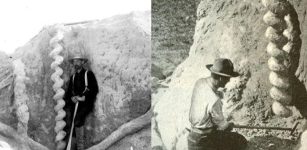 ‘Devil’s Corkscrews’: Extraordinary Giant Spirals Of Nebraska Rocky Mountains
Featured Stories | Apr 23, 2023
‘Devil’s Corkscrews’: Extraordinary Giant Spirals Of Nebraska Rocky Mountains
Featured Stories | Apr 23, 2023 -
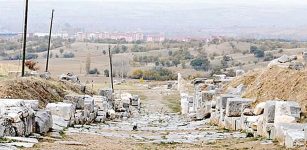 Ancient Pisidia Antiocheia – Excavations In An Important Center Of Early Christianity
Civilizations | Sep 27, 2015
Ancient Pisidia Antiocheia – Excavations In An Important Center Of Early Christianity
Civilizations | Sep 27, 2015 -
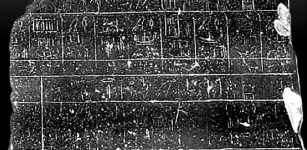 Palermo Stone: One Of The Earliest History Records Of Ancient Egypt
Artifacts | Apr 15, 2016
Palermo Stone: One Of The Earliest History Records Of Ancient Egypt
Artifacts | Apr 15, 2016


